Tamarind is a pod with flavorful seeds used in a variety of recipes. The taste truly depends on when it is harvested and how it is used.
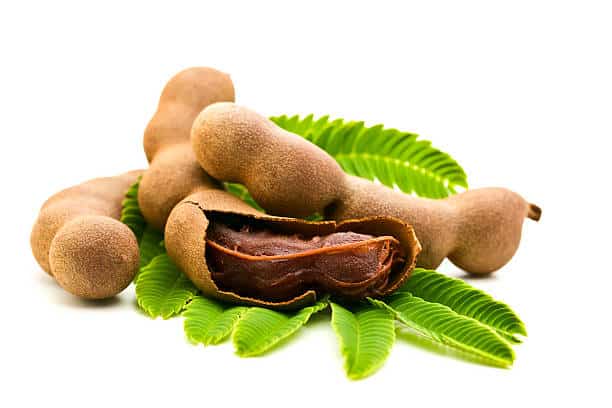
Tamarind is not an ingredient most people would recognize if they saw it in the grocery stores, but it’s a popular fruit with a unique flavor that is used in everything from candies to curry and even worcestershire sauce.
If you have come across tamarind fruit in either a syrup, paste or even a concentrated block and are curious what it tastes like, here is some information to help.
What is Tamarind?
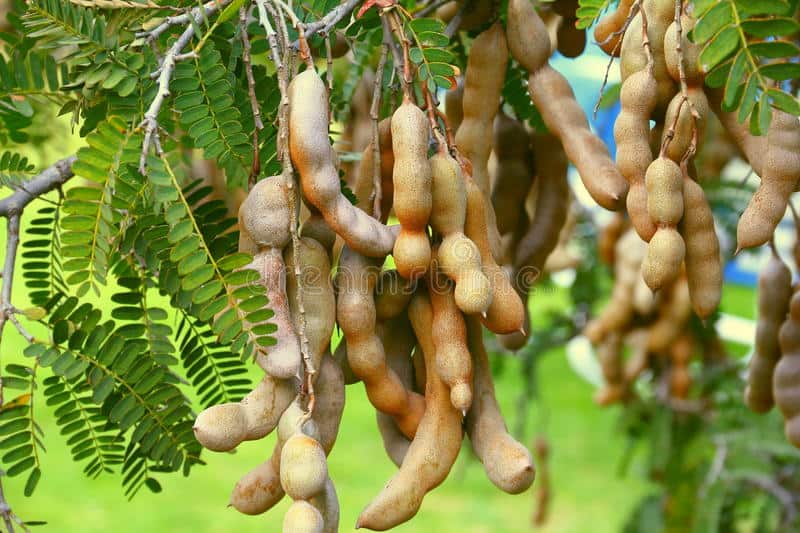
Tamarind is a tropical fruit and a legume. The fruit of the tamarind tree grows in pods. The tamarind tree is native to Thailand, tropical Africa and parts of India. Thailand and India are the biggest producers of tamarind and it is popular in Asian and Middle Eastern cuisine.
Inside tamarind pods are seeds covered in a paste-like, sticky pulp, similar to a fig or date-like texture. The whole pods can be soaked in hot water and the tamarind paste squeezed out and removed from the seeds. The juice can also be strained and enjoyed on its own.
The pulp in fresh tamarind pods may have a sour taste like fresh lime juice, but it becomes a sweet flavor as it ripens.
Tamarind tastes like a fruit, but it is actually in the legume family because it grows in a pod! This may cause people with allergies to legumes to have a bad reaction when eating it.
In stores, tamarind can be found in several different forms including a paste form, sauce, pressed block, tamarind concentrate, tamarind water or the raw pods.
What Does Tamarind Taste Like?
The flavor of tamarind is described as sour and tangy, but it can be as sweet as a banana when fully ripe.
The taste can be compared to lemon juice or a lime but with a rich, sweet undertone like brown sugar with notes of caramel. When ripe, it may taste more like an apricot or date, with a hint of lemon.
The flavor can also be greatly impacted by what it is mixed with. Tamarind is sometimes sweetened with sugar or coconut milk for sweet recipes, while the combination of vinegar brings out the sour flavor.
The range of flavor makes it a versatile ingredient for a wide variety of dishes from candy to savory entrees. It’s a perfect souring agent for Indian curries, asian cuisines and many marinades.
What Is Tamarind Used For?
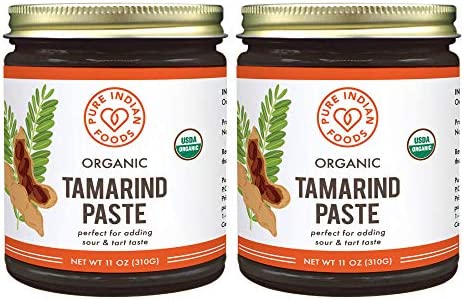
Tamarind pulp is used to add flavor to marinades, sauces, drinks and desserts. It has even been used in Worcestershire and BBQ sauce. Tamarind sauce is an important ingredient in savory dishes like pad thai, curry and soups like mulligatawny.
Tamarind is also used for some medicinal purposes. Tamarind is a rich source of antioxidants and vitamin C and some studies have also shown it may be able to fight cancer.
Tamarind, like other legumes, is rich in fiber, good for heart health and may help lower cholesterol or blood pressure which prevents heart disease.
It has laxative effects and has been used to treat constipation, stomach pains and also pregnancy-related nausea. Tamarind has also been used to treat colds and fevers. Where tamarind grows natively, a paste of tamarind seeds is sometimes used as a cast.
Can You Eat Tamarind Raw?
While tamarind is a popular ingredient for many Asian and Indian recipes, it’s also safe to enjoy raw.
What Pairs Well With Tamarind?
The sweet and tangy flavor of tamarind goes well with coconut milk, ginger and coriander. It also goes well with sugar in desserts and candies.



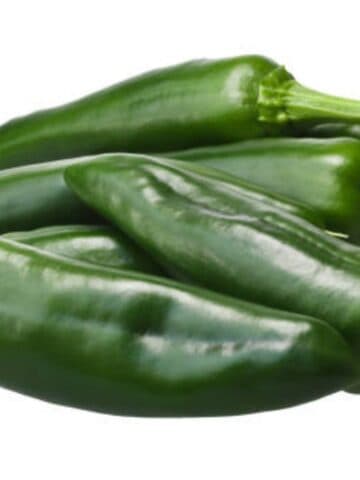
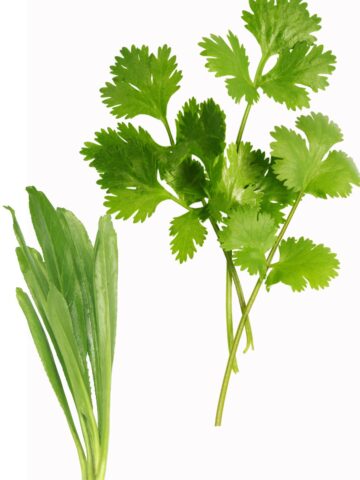
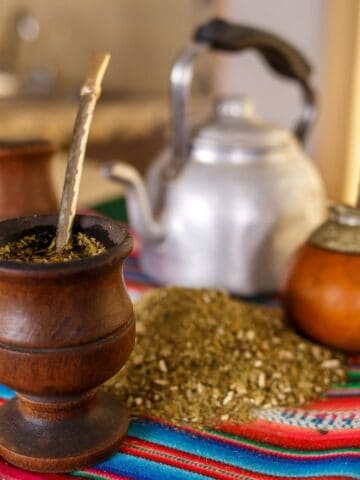
Leave a Reply